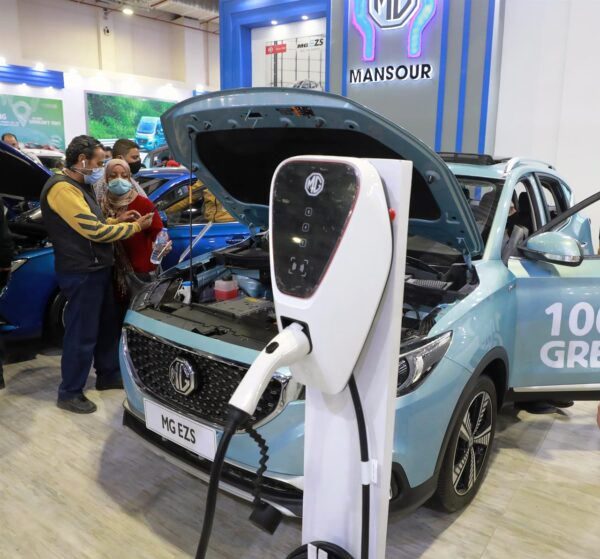Anyone who has purchased an electric vehicle could assert that it offers a different experience from a conventional one, but EVs are often marketed in the same way as internal combustion engine cars.
What Should the Electric Vehicle Sellers Know?
The Vehicle
The differences between an electric and combustion vehicles are many, starting with their components, as an electric vehicle does not use engine oil, filters, or experience issues like a broken timing belt or clutch. A combustion engine vehicle has between 60% and 70% more parts than an electric one, and many of them are subject to wear. Additionally, the tires and brakes of electric vehicles suffer less due to regenerative braking systems.
Battery and Economic Benefits
Advising customers on the return on investment in terms of fuel and maintenance cost reduction is an interesting comparative advantage.
Therefore, it is important to consider the vehicle’s autonomy and compare it to the customer’s needs, and also the capacity and lifespan of the battery, which is related to its consumption. This is measured in kilowatt-hours (kWh), and the more kWh the battery has, the more energy it can store.

Consumption is measured in kWh per 100 kilometers and is key to understanding the vehicle’s efficiency and, of course, to determine if we will spend less money covering the same distance.
As for the battery lifespan, it will depend on many factors such as driving style, geographic area, climate, maintenance, and charging habits, among others. The average lifespan of a battery is eight years for light vehicles.
Incentives
Likewise, when offering an electric vehicle, it is necessary to have information about the purchase incentives and benefits that the government may provide to promote EVs. This represents an opportunity within the negotiation process.
Autologica Sky DMS
The most complete DMS for vehicles dealerships. Learn how dealers improve their operations, monitor their business, and grow with our cloud-based DMS.
» Request a demo
Charging
Regarding charging, it is highly valuable to be familiar with the different types of connectors and their operation. It is also important to provide recommendations on charging habits, especially domestic charging.
Insurance
It is common for a potential buyer to need information about insurance, considering that the policy will have deductibles and/or differentiated prices based on the different technology of these vehicles. For example, the state and warranty of the battery, as well as various safety components, can result in changes to insurance conditions.
Conclusion
Undoubtedly, electric mobility is increasingly demanding skilled personnel in various areas. The best future-oriented business strategy is to anticipate and embrace the change that is coming.
About the Author

Diego Cosentino
Sustainable Mobility / e-mobility Consultant
With over 20 years of experience in the automotive sector, Diego has held middle and managerial positions in international companies and organizations alongside multicultural teams. He has been responsible for mobility area management, leading the implementation of various communication actions and business models that resulted in effective alliances with various private sector players.


